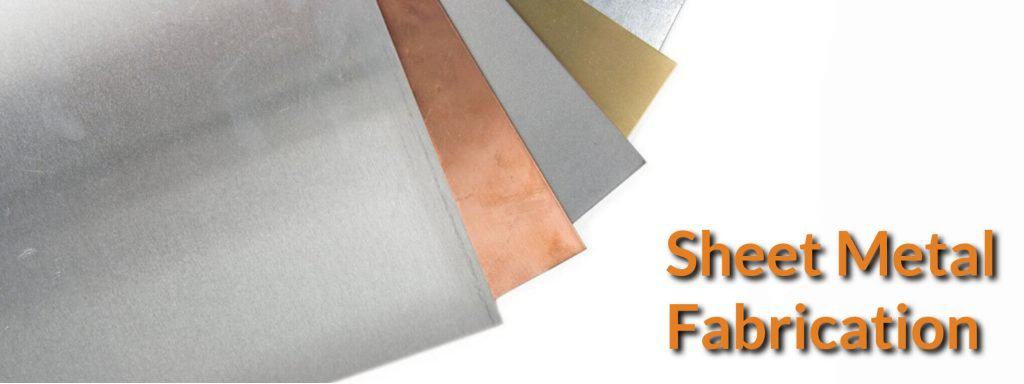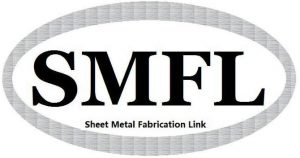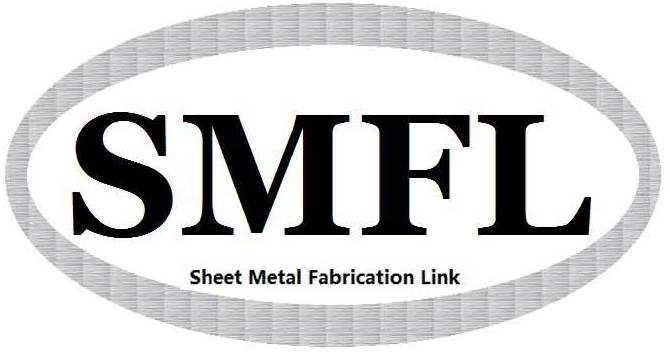
Sheet Metal fabrication is the process in which flat sheets of aluminum or steel are turned into metal products or structures, by assembling, folding, cutting or punching. By burning and cutting the metal, sheet metals can be stretched, bent, or cut into the shape as desired by the user.
The onset of 20th century brought about an increase in the demand for metal fabrication which includes the cutting, bending and assembling of pieces of metals to form metal structures. It also includes the creation of parts, structures, and machines from different raw materials. Fabrication shops vary in sizes from a simple, medium-sized room to a huge metal fabrication plant or facility. A fully furnished fabrication plant usually offers various value-added services that include cutting, welding, forming, and machining. With the availability of fabrication plant, customers are no longer hard-pressed to locate or source out various vendors for each individual fabrication service that they need.
Customers, with their designs or drawings, usually approach various fabrication shops to figure out which among them offers the best quotation and services. If a customer agrees with what a fabrication shop has to offer, then the fabrication stage begins which eventually culminates in the installation of the project. Contractors, VARs, and OEMs likewise employ the services of fabrication shops in their various projects. Some of these usual projects include structural frames for heavy machines and buildings, loose parts, hand railings, and stairs.
Table of Contents
What Is Sheet Metal Fabrication
Metal fabrication also includes sheet metal fabrication. Sheet metal fabrication involves the process of fabricating flat sheets of aluminum or steel and turning them into metal products or structures. This involves the processes of punching, cutting, folding, and assembling the metal sheets to form metal products or structures. By burning or cutting the sheets of metal into specific sizes, the sheets can be formed into metal products or structures.
Aside from the specific tools used in metal fabrication, fabrication shops generally make use of other specialized tools such as chops saws and band saws when engaging in sheet metal fabrication. Moreover, cutting torches are also utilized to achieve large section cuts on sheet metal with less effort. It also utilizes press brakes—that come in different varieties and functionalities—to facilitate the process of cutting sharp angles and bends within the metal sheet.
Sheet Metal fabrication involves various processes and procedures. Whenever a need arises to design a new product, whether, for industrial or commercial usage, multiple levels are involved from start to finish. This whole process requires several tools and numerous skilled experts all working in tandem for completing the job. These steps include:
Step 1) Drawing Up Blueprints
At the very first step, an engineer draws up blueprints. These blueprints help in the determination of product specifications, which are required for rough drawings.
Step 2) Creating A Final Shop Drawing
All calculations and rough drawings are thoroughly checked and rechecked to make sure that the final products fulfill all desired requirements and specifications. After that, the final shop drawings are made. These final drawings include in-depth calculations relating to load limitations and stress levels of sheet metal. This information helps in the determination of the next steps in the process of metal fabrication.
Step 3) Metal Fabricating Procedrue & Process
This process involves bending and forming, punching, cutting, fastening, joining, stamping, welding and finishing to get the desired product.
In the process of fabrication of sheet metal, special tools such as chop saws and band saws are used. The usage of these tools ensures even cutting. Large areas of sheet metal are cut with minimal efforts using cutting torches.
Cutting
Cutting is the processes wherein the material fails and separates using applied force. These processes allow the material to be cut or removed. These processes may also include sawing, chiseling, and shearing using power or manual tools. Likewise, it may include torching the material using hand-held plasma torches via the help of computer numerical cutters in the form of lasers.
Forming
Forming processes are those processes that make use of applied force to plastically deform a material. With these processes, you can bend or stretch the metal sheet into shapes which you desire.
Welding
Welding—is a valuable and necessary process in sheet metal fabrication. Without this process, it is impossible to assemble and join the different components together. The welding process employs various techniques to prevent warping and the onset of abnormalities. These various techniques include sand cooling of the metal, the staggered technique of welding, employing stout fixture, and utilizing specific straightening process. The straightening of defective metal is usually wrought about via the use of the oxy-acetylene torch. In this process, heat is employed to correct the abnormalities or defects of the metals.
Welding is one of the significant factors in sheet metal fabrication. After the formation of all the components, then the parts are assembled and are fixed into position. Different type of welding techniques is used in metal fabrication to avoid warping or any other irregularities. Specific straightening techniques are used during the cooling process, such as covering the metal with sand, using a stout fixture and welding in a staggered manner are some of the techniques.
Punching
Punching is the process of producing holes on the metal sheet via the use of a punching or scissor-like movement. These holes are created for further fastening of the different components.
Using press brakes helps to ease up the process of sheet metal fabrication. With the help of press brakes, sharp angels and bends are created. There are different varieties of press brakes, which are available. Every press break serves a different purpose and functions.
Stamping
Stamping—is the process wherein a single punch or multiple punches, embossing, and bends are progressively and simultaneously created.
Fastening
Fastening—is the process of providing torque resistance when the metal sheets are very thin. This process involves the use of self-clinching tools such as studs, nuts, spacers, cable tie hooks and mounts, and access hardware.
Step 4) Finishing
After the process of metal fabrication, a product needs to undergo finishing to make it suitable for commercial use.
Finishing is the process in which the metal is sandblasted, primed, and then painted. This process provides the finished structure with an excellent appearance. Afterward, the finished products are sent to the customers for use. This process likewise involves the altering of the completed metal surface to provide it with improved properties like better appearance, improved adhesion, better wettability, better resistance to corrosion, better resistance to tarnishing, extra hardness, wear resistance, surface friction control, less or better electrical conductivity, and removal of defects.
It takes time while completing every step. Rushing through any step can compromise the quality of the product and may also raise questions about the integrity of the work.
SMFLink(sheet metal fabrication link) will do the best fabrication for you and link the business between us.


4 Comments. Leave new
Your material is extremely important.
Thanks.
Pretty instructive, looking forward to returning.
Thanks And if you need metal OEM parts, free to contact me.